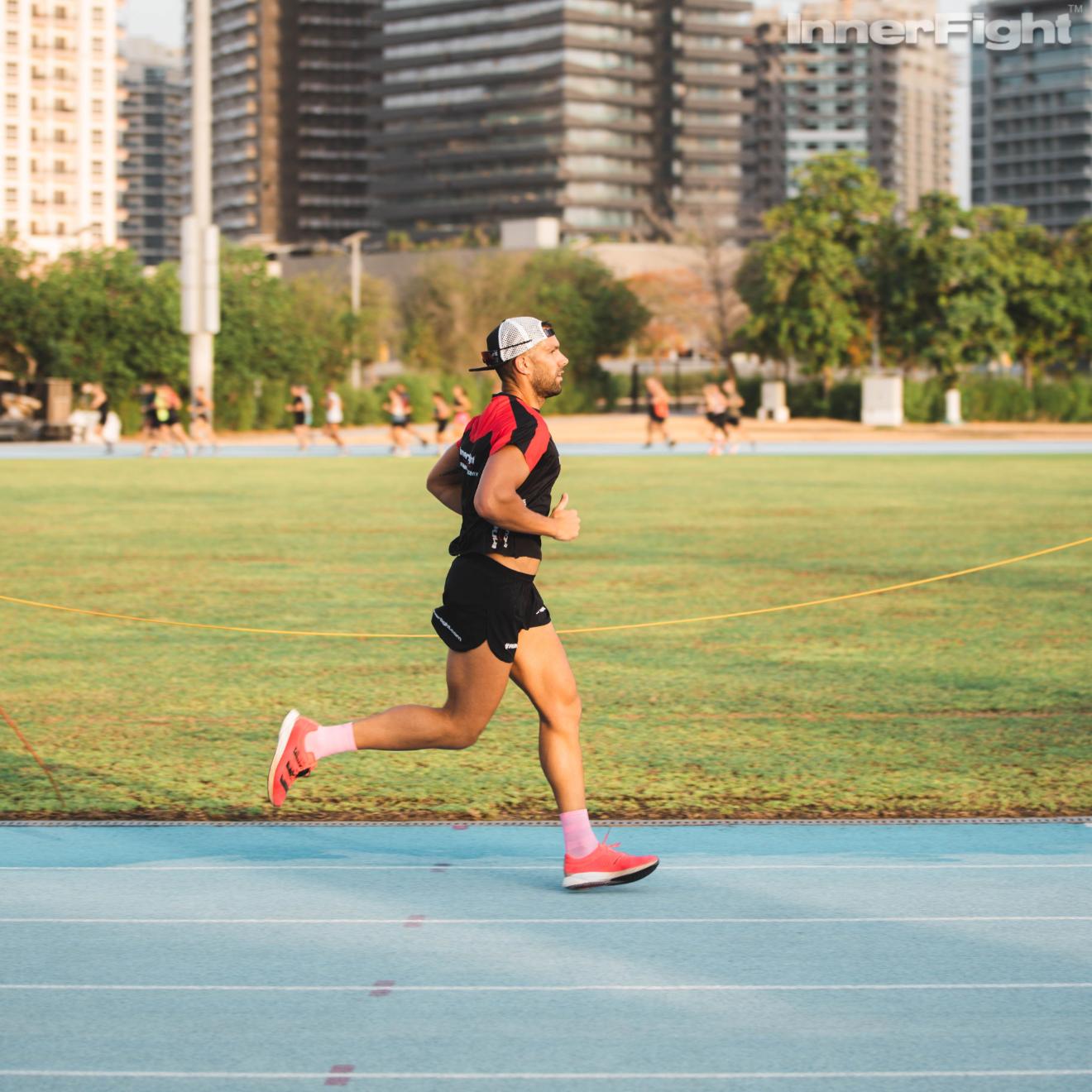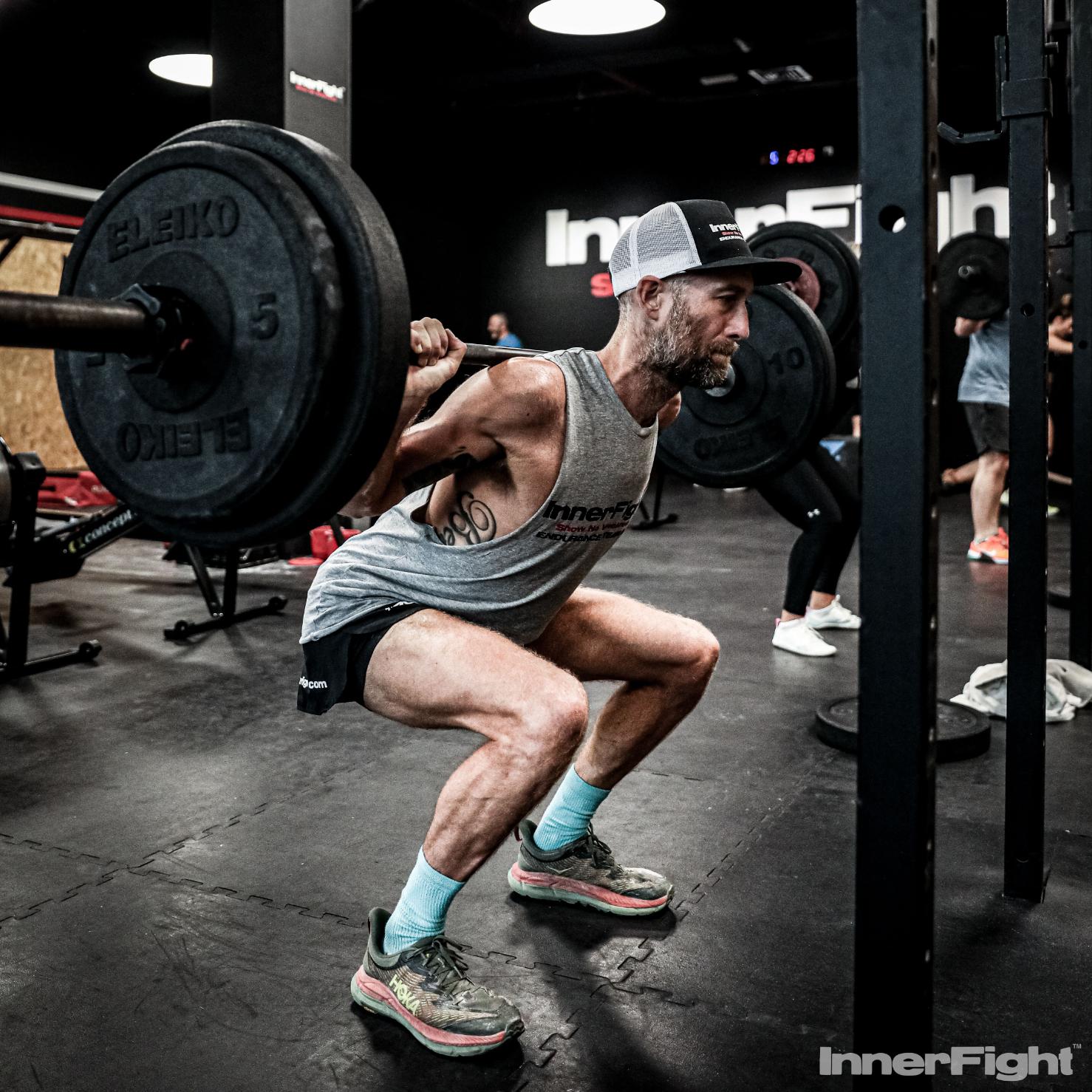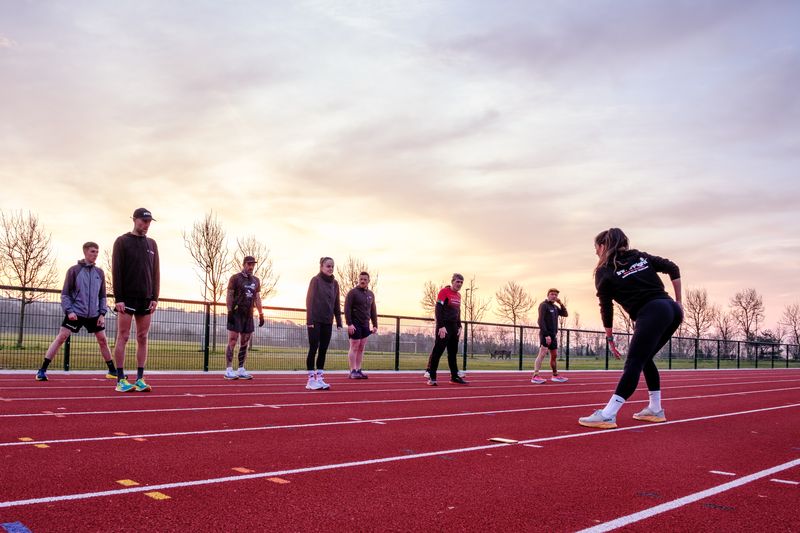Rate of Perceived Exertion (RPE) Explained
.avif)
Have you ever found yourself thinking about how hard a workout is when you’re in the middle of it? You may not even realise it’s happening – wondering how much effort you’ve put in and whether you’ve got more left in the tank to push further.
That entire self-reflective assessment goes by another, slightly more technical name: the rate of perceived exertion (RPE).
What is the Rate of Perceived Exertion?
The most important thing to understand is that your RPE is completely subjective – it’s different for everyone based on their own fitness levels and overall capabilities.

With that in mind, RPE can be defined as a subjective measure of exercise intensity.
Using a scale from 1 to 10 (with 1 being the least effort and 10 being the most effort), an individual makes an assessment on how much effort they are putting in at that particular moment.
What Factors can Influence RPE?
Your RPE can change from day to day or even at different times during an exercise session. Generally speaking, we can split the factors into two categories, physical and psychological:
Physical:
- Temperature (heat and humidity)
- Environment (terrain and gradient)
- Time (distance and duration)
- Fatigue
Psychological
- Motivation
- External (stress levels and distractions)
- Determination
- Fatigue
Why we use RPE in Exercise and Sports
As you can clearly see, an individual's RPE is constantly changing. One of the biggest benefits of the RPE scale is adaptation: changes can be made to training sessions that account for the physical and psychological factors while still challenging athletes.
For coaches, it’s also a quick way to gauge how athletes are feeling. Taking the focus away from specific benchmarks like personal bests or race splits creates an environment with significantly less pressure. Some days, the best you can do is simply show up!
How to Implement Rate of Perceived Exertion in Training
How you use RPE in your training will ultimately depend on your goals. If the external factors risk influencing traditional metrics too heavily then the RPE scale offers a simple alternative.
It’s also a great way of communicating effort between coaches and athletes – we all know what it means when we’re told to give 10/10 effort! This is especially useful for endurance athletes who can develop their discipline IQ as there are many times when a sprint finish makes all the difference.
Final thoughts
It’s always a good idea to monitor your exercise performance as it highlights a clear path to improvement. The same goes for exercise intensity – using the RPE scale allows athletes to make adjustments in the moment that don’t negatively impact long-term goals.
Fun - Honesty - SIMPLICITY - Smash Life - Mental Toughness - Hard Work









.avif)



